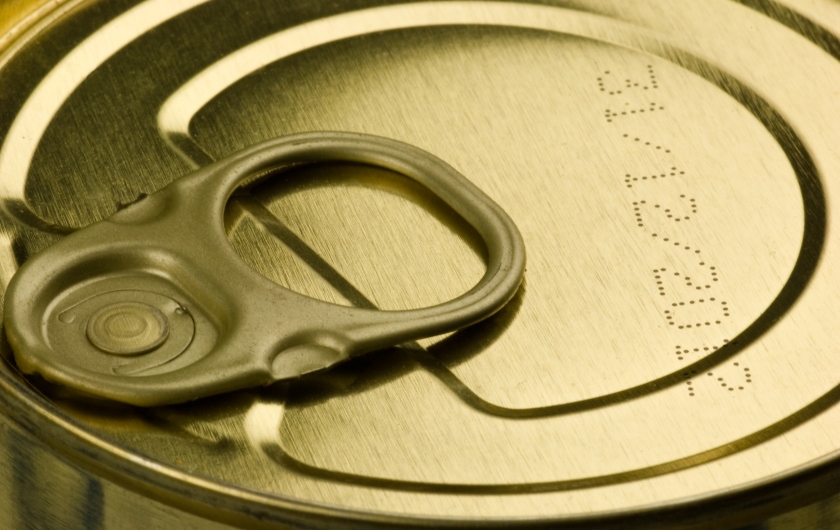The expiry dates on many food products are leading to massive waste and harming the environment
By Jennifer Hughes
Photo: iStock/richterfoto.
That expiry date on a can of beans isn’t really an expiry date. In fact, most products are fine months and sometimes even years after their “best-before” or “use by” date.
The founder of the US chain MOM’s Organic Market, Scott Nash, and his family chose to eat food products past their labelled dates for a year to prove that they were still safe to eat.
“Most of the food that gets discarded is due to these arbitrary and confusing dates,” Nash told the press. “What does ‘expire’ mean? There is ‘best by,’ there is ‘sell by,’ ‘best if used by.’ I just think that there is no consistency, and that it is creating confusion.” Instead of judging food based on its labelled date, Nash says that it’s easy to tell whether or not a product has expired based on its appearance, texture, and smell.
Of course, meat, bread, and fish have expiry dates that mean what they say, but most of the time, the expiry date has more to do with how long the producer is willing to guarantee quality. However, many people continue to throw out products that are still good as a result of these confusing dates.
According to a 2018 report by the Commission for Environmental Cooperation (an international body set up under a NAFTA side accord), 168 million metric tonnes (185 million tons) of food are wasted in North America every year, with Canadians wasting 396 kilograms (or 873 pounds) per capita. Second Harvest, a Toronto-based agency that works to reduce food waste, reported in January 2019 that 58% of the food produced in this country is lost or wasted—food worth $49 billion. While much of that loss occurs during processing or manufacturing, 2.38 million tonnes (2.62 million tons) of food are wasted by consumers, according to Second Harvest, often by people who buy more than they need (because, for example, it’s on sale) and then end up throwing it away.
This waste is taking a toll on the environment. Second Harvest’s report states that food waste in Canada alone creates 56.6 million tonnes (62.4 million tons) of carbon dioxide-equivalent emissions every year. Food in landfills also adds methane gas to the environment, and methane is 25 times more harmful than carbon dioxide.






